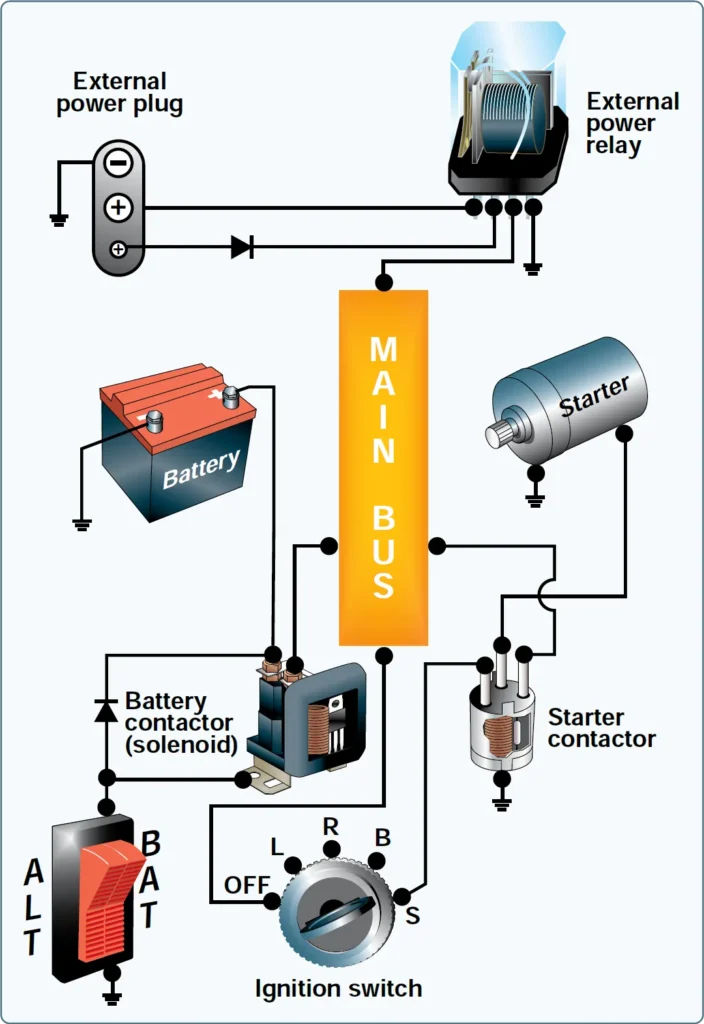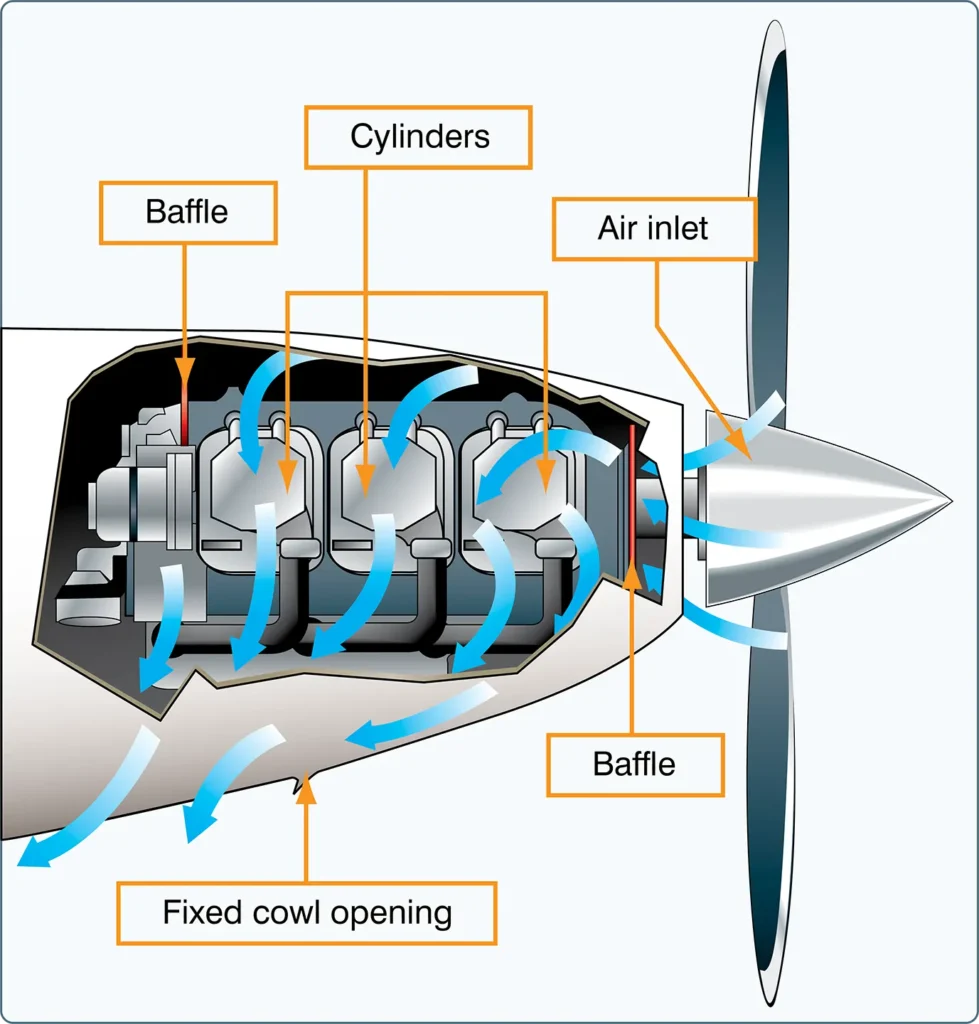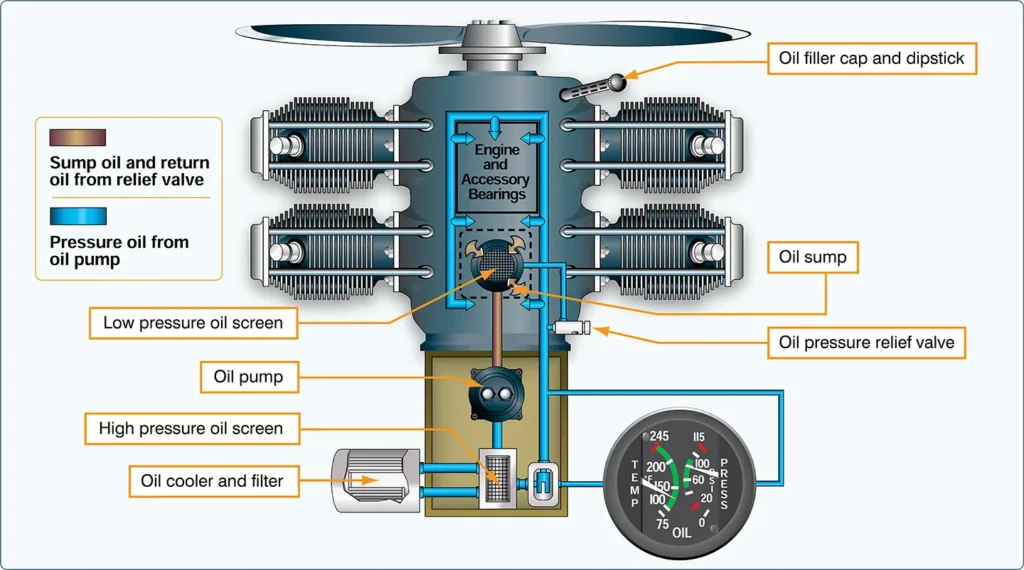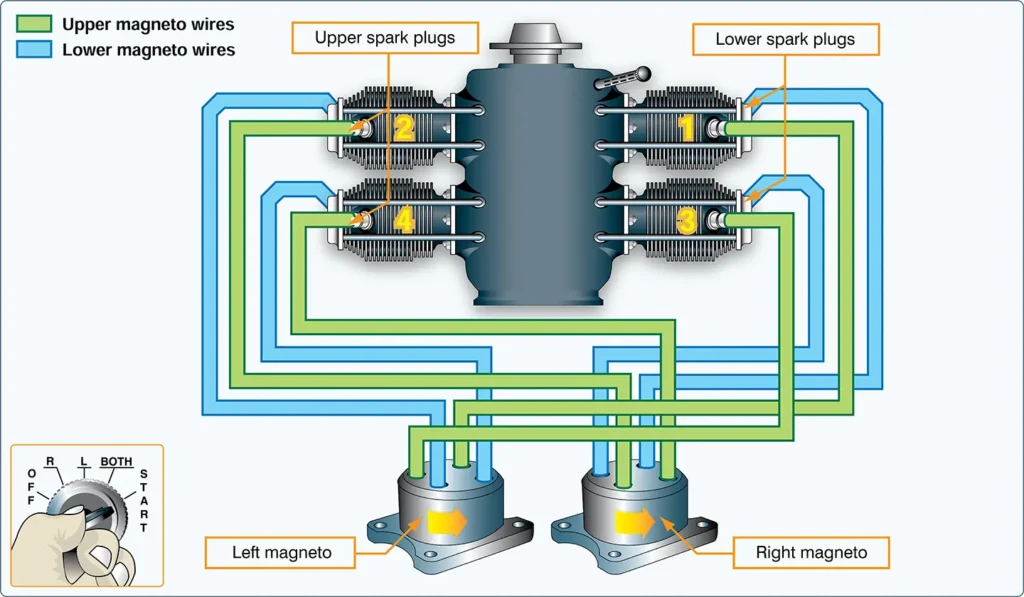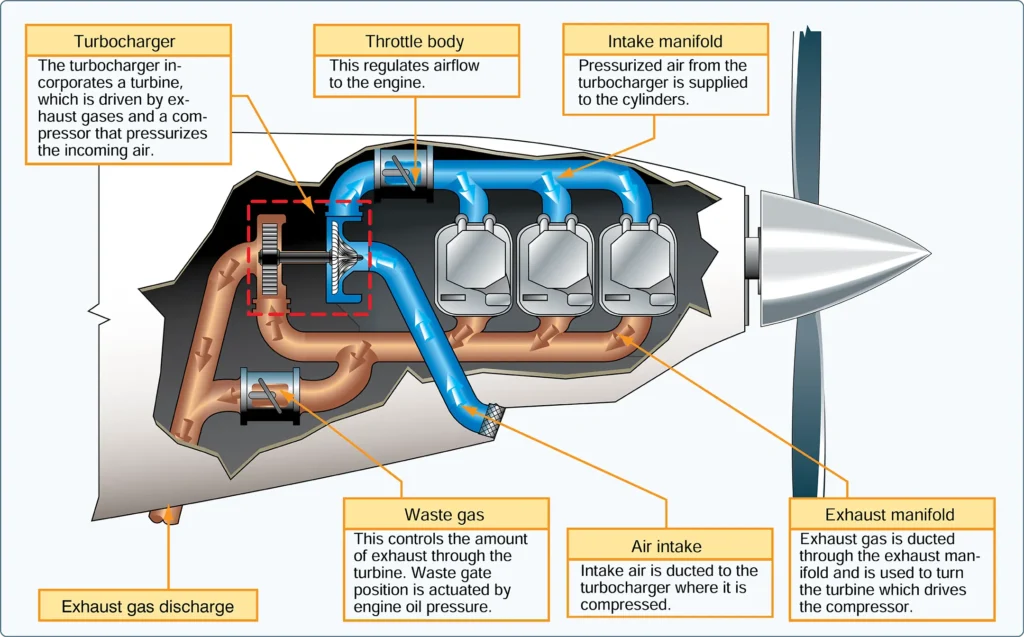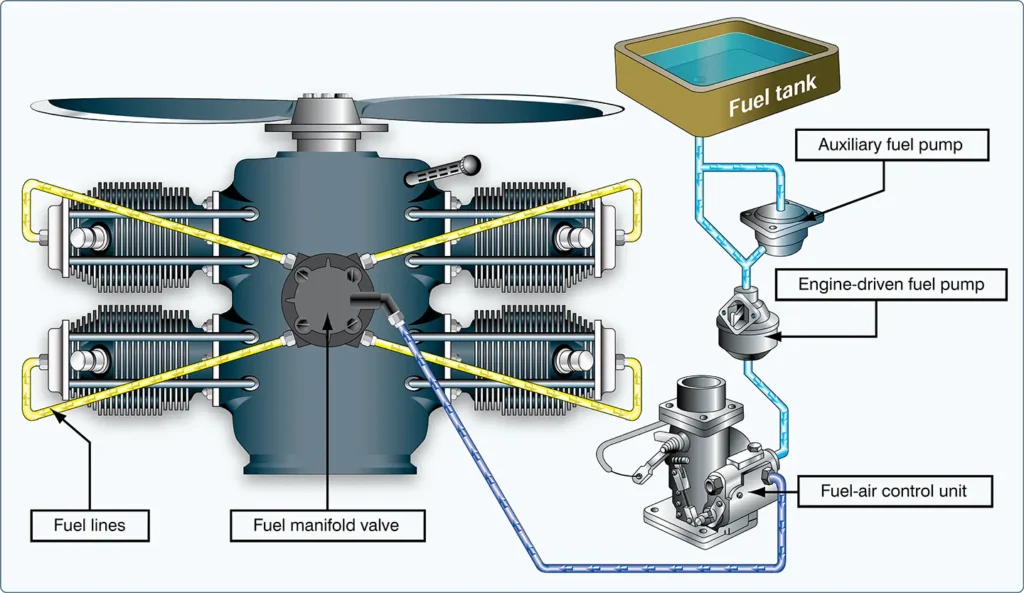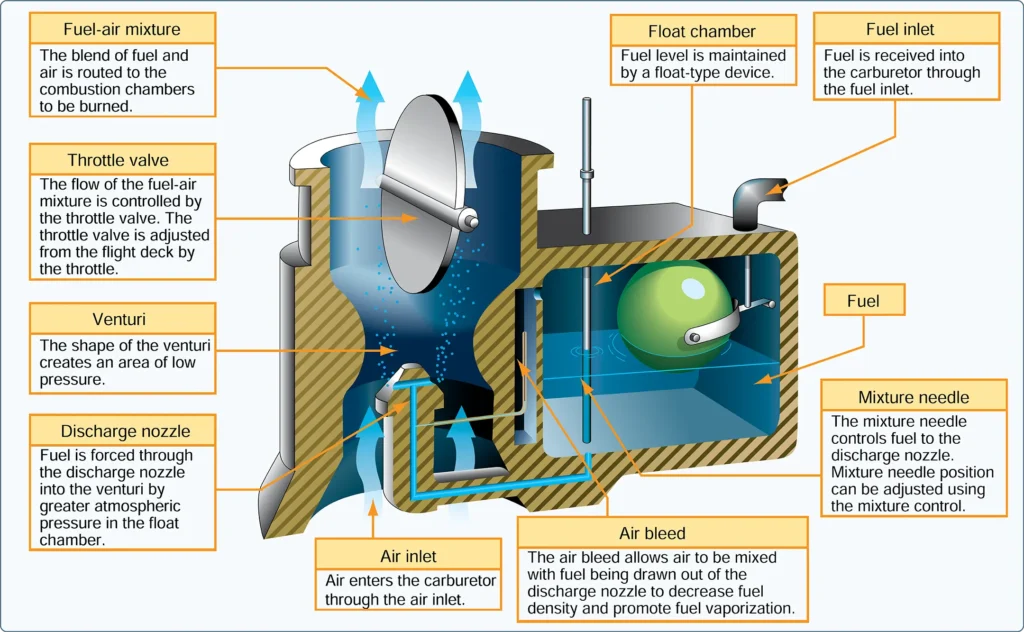Full Authority Digital Engine Control (FADEC)
Aeronautical Knowledge, Flying TrainingFADEC is a system consisting of a digital computer and ancillary components that control an aircraft’s engine and propeller. First used in turbine-powered aircraft, and referred to as full authority digital electronic control, these sophisticated control systems are increasingly being used in piston powered aircraft. In a spark-ignition reciprocating engine, the FADEC uses speed, temperature, […]


